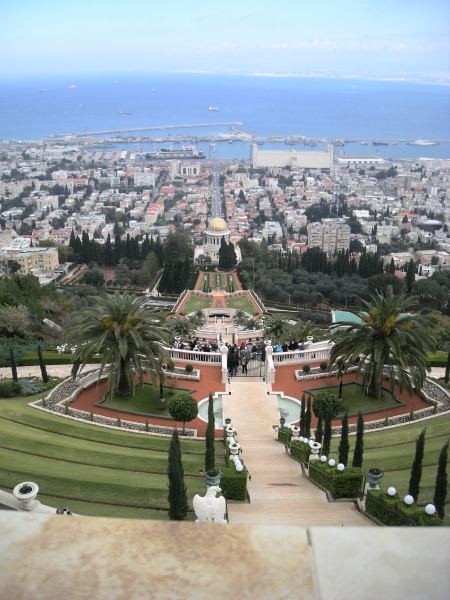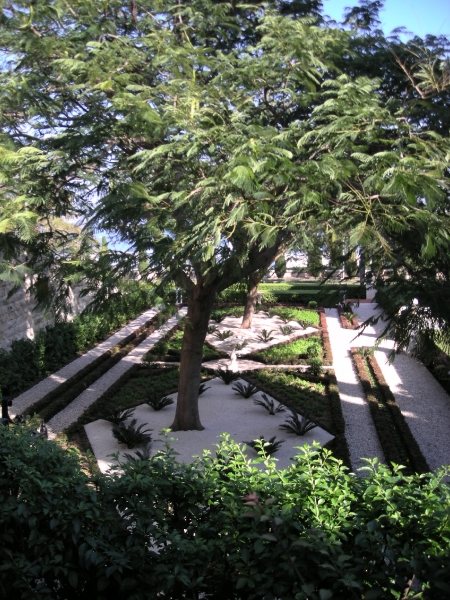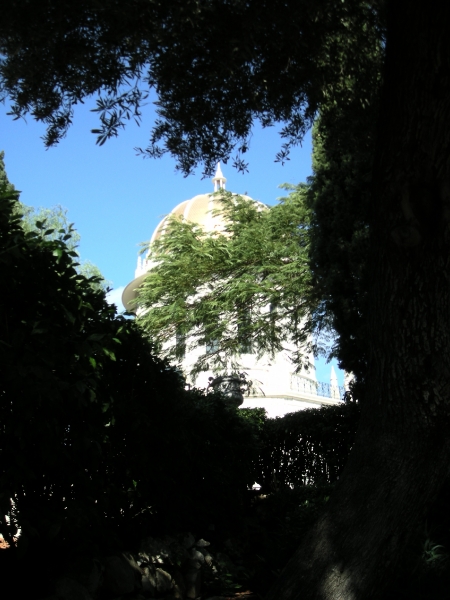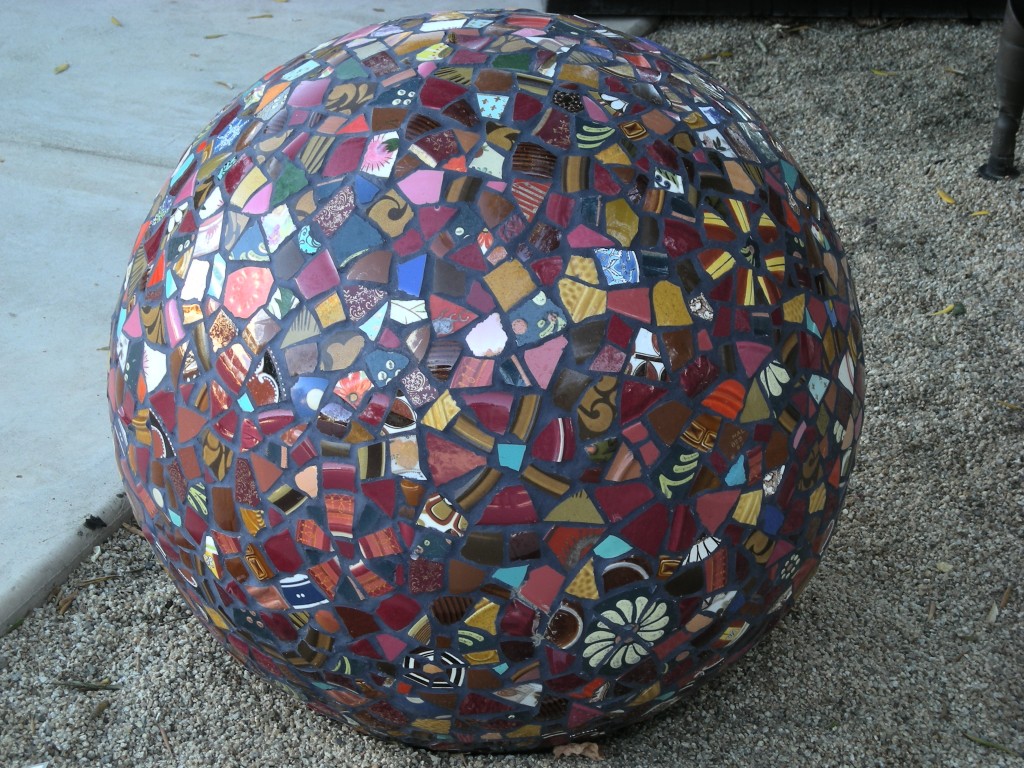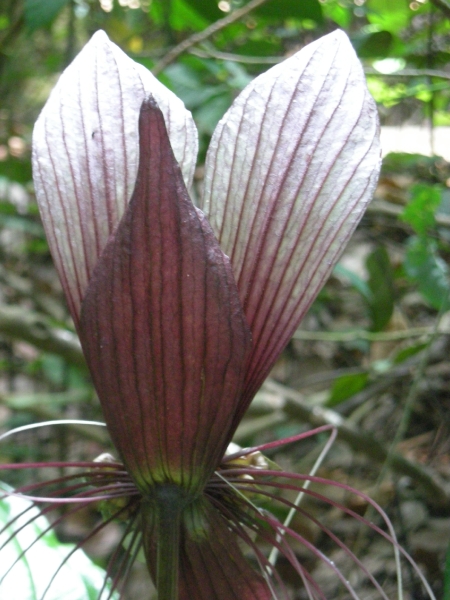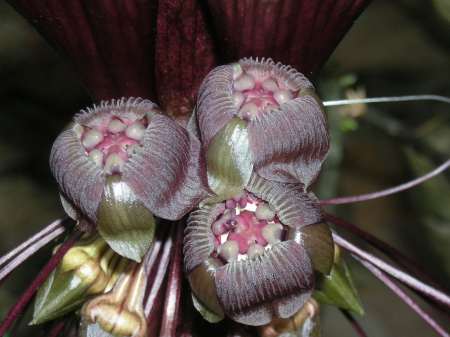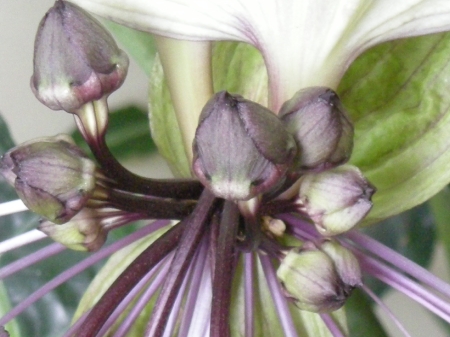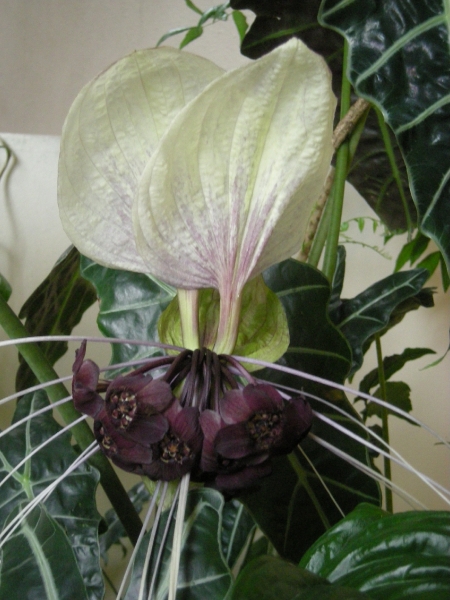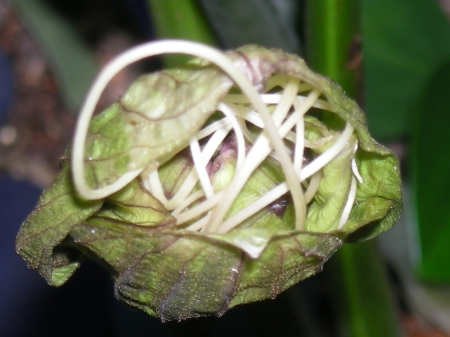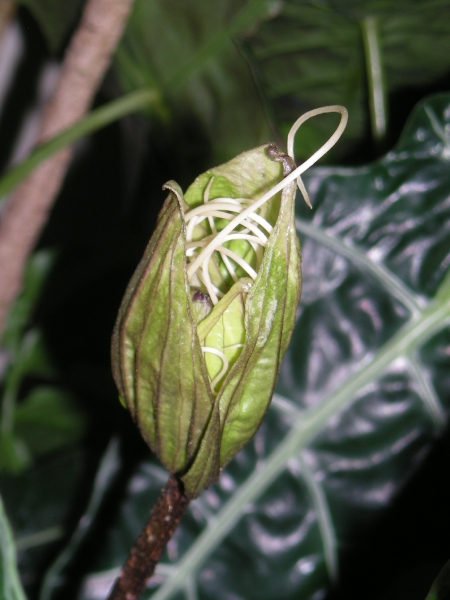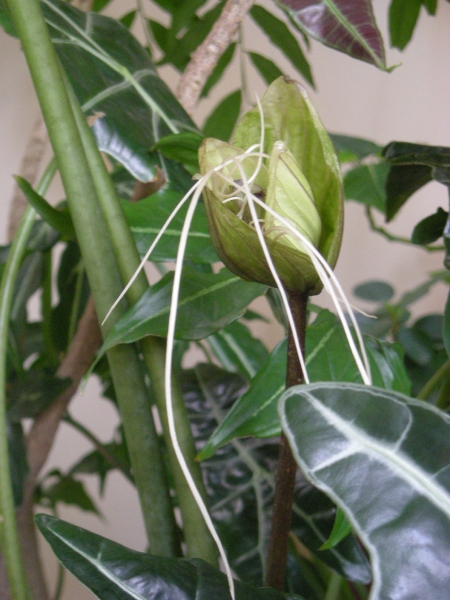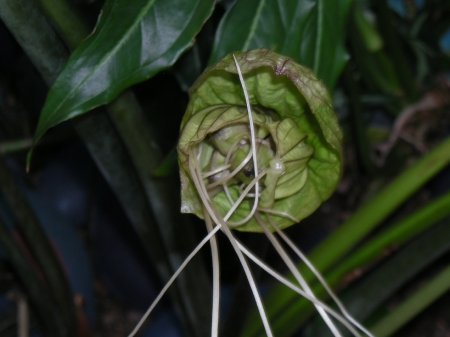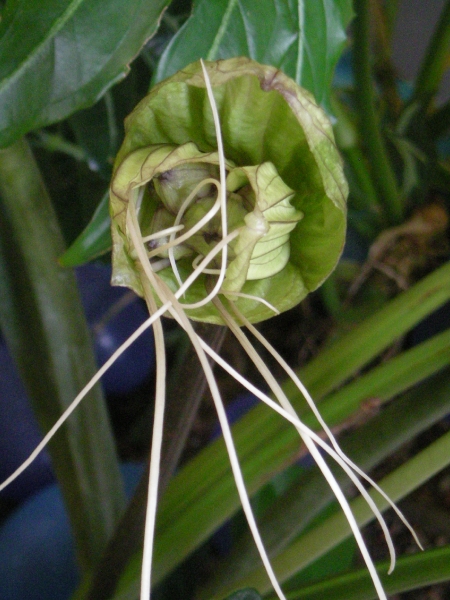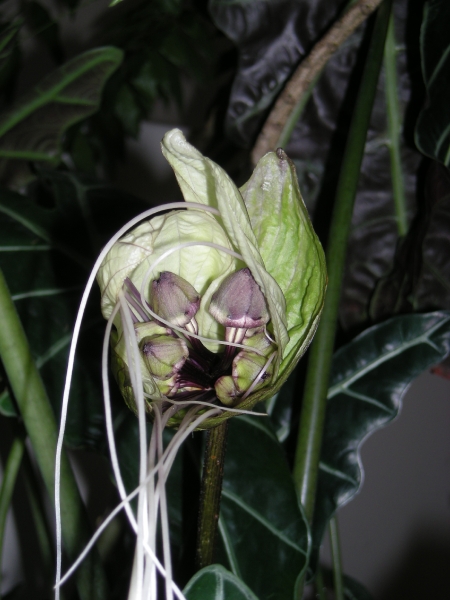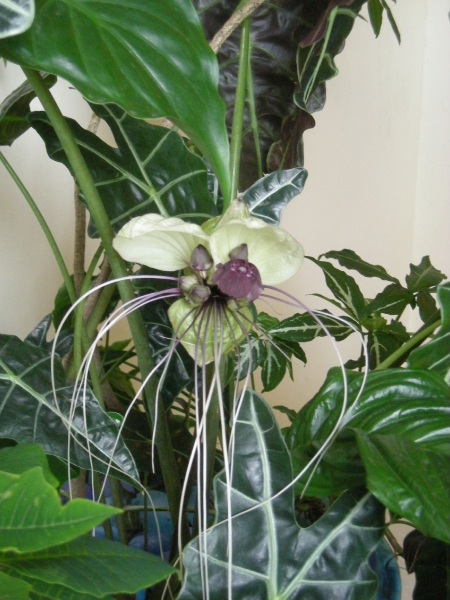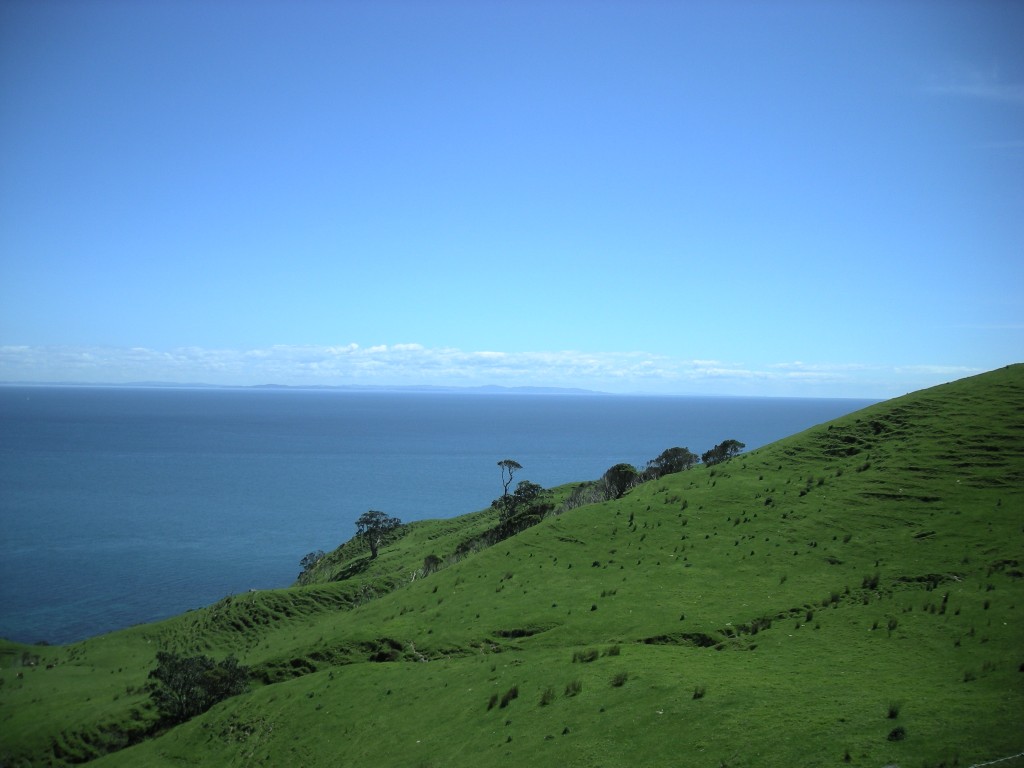news topics
-
share this site
ecology & environment
economy
life
follow me
riverine parks in Singapore
the department of architecture at the National University of Singapore is not only headed by a German but almost a third of its faculty members are either Germans, Swiss or Austrian nationals. their contributions, especially in respect to environmental awareness and more sustainable approaches to building and managing public buildings and – parks in Singapore, and the wider region, are substantial.
one of the most impressive recent transformation has been achieved by NParks , PUB and Atelier Dreiseitl (Germans, across Lake Constance with perfect view of Switzerland… hence the creativity and affinity to water?) with the Bishan-Ang Mo Kio Riverside park in the center of Singapore.
the former huge and unsightly concrete water canal (drain) for the Kallang River, separating older HDBs and the open greenery, has been replaced with a naturalized, meandering river bed. it finally allows direct access for the housing board residents adjacent to the park – at least when it’s fairly dry – and creates an openness and vast view rarely achieved in such a dense, flat urban area.
the 62 h park is one of the largest in Singapore and the transformation of the canal involved a host of bio-engineering techniques as well as selective plant material which completely maintains the water quality in cleansing biotopes without any chemicals required.
Matthias and I regularly visit the park to see its progress – and take visitors to this as well as other green lungs (parks, nature reserves and reservoirs ): there is an alternative to shopping malls!
for more information and lots of images visit
Posted in english blog
Leave a comment
Baha’i Gardens Haifa
what a trip… Israel!
not having travelled abroad for a longer distance than to Penang in the last 3 years, the chance to travel to the Middle East I could not pass up and accompanied Matthias on a biz trip to Israel over Chinese New Year.
we spent a few days on our own and visited an old friend from Hong Kong who moved to Jerusalem 3 years ago.
the images are from the Baha’i Gardens in Haifa, smack in the center of the City, starting from the German Quarters right up the Carmel Mountain. they are beautiful, but for the most part not accessible for non-believers.
but the memory of the gardens, indeed almost all parts of the country we traveled through, pale in comparison to the lingering and deep impression Jerusalem left us with!
what a remarkable place of shared human history, the gateway from the origin of us, emigrating from the African continent on to Europe and Asia, birthplace of quiet some man-made gods, lost cultures and empires – a place fought over for thousand and thousand of years and ongoing still…
our brilliant guide, the historian Eran Tearosh, ended his day tour for us in Jerusalem’s Old City with these wise words: “in neither the Bible, the Koran, the Torah or any other religious book or historical document have we ever found proof that any of these gods ever existed. but today, we have walked many hours over and through the living history of what really matters – the believe!”
now I am revisiting the book: “a people’s history of the world” by Chris Harman and my interest in history of all kind is revived…
Posted in english blog, personal
Leave a comment
our brains
it turned out to be a rather wet month, and the weather forecast for the upcoming “monsoon” season predicts a lot more rain than usual and a longer period on top of that, too. we live on top of the hill – it’s great exercise to get up and down to catch public transport on the main roads but has the added benefit of remaining floods free.
occasionally, accessing the main road needs to be postponed for an hour or two and meetings and errands simply have to be cancelled or re-schedulded…which is really fine with me – in fact, I love the “slow life”, the freedom to adjust daily activities to nature’s rhythm.
it allows me to read (a lot!), learn and discover new things every day, explore and understand issues and connections. the National Library has a spectacular selection on just about everything , online news platforms and forums and the occasional TV documentary make being held hostage by bad weather a really interesting time!
watched two interesting, informative and worthwhile Ted videos on our brains today :
http://www.ted.com/talks/iain_mcgilchrist_the_divided_brain.html
http://www.ted.com/talks/daniel_wolpert_the_real_reason_for_brains.html
now, it just started to pour again – time to go back to reading…
if you need to be sure your imminent trip is a dry one… a good site to check up on the weather in Singapore and Johor:
http://www.weather.gov.sg/wip/c/portal/layout?p_l_id=PUB.1023.5
Posted in english blog, personal
Leave a comment
Tom DeBaggio
unless you are a plant lover, especially herbs such as rosemary, lavender and basil, you might not have heard of this great herb grower and man.
he died early this year, aged 69. In 1999, he was diagnosed with early onset of Alzheimer’s disease, he was only 57 then.
he was once called the best “rosemaryologist” in the US. he dedicated a gold-edged leave variety to his wife, Joyce DeBaggio, but he could suddenly not remember the name of the plant he grew so successfully and loved the most.
he has written books on his love and knowledge of plants: “Growing herbs from seed, cutting and root”, “Basil, an herb lover’s guide” and with Arthur Tucker “The big book of Herbs”.
but he also wrote incredibly touching and educational books on his disease: “Loosing my mind – an Intimate look at life with Alzheimer’s” and “When it get’s dark”.
I recently read “Loosing my mind” where he goes back and forth between his past memories, the painful present and add lots of information on the disease and medical research.
quote
The diagnosis, with little or no workable therapies to stop it, was a sentence of death as surely as birth, but more immediate.
I am running after thoughts all day. Ideas evaporate like snowflakes on a hot tin roof. A few years ago I felt as normal and was as sharp mentally as my thirty-five year old son. Now, I can’t remember his age or do the math in my head to figure it out. My mind is starting to break down. I have to wait like a hunter to capture a thought, it is tough work all day but it often flits away before I can put it on paper.
I want to cry and I do, but it is a peculiar sound, like a man choking to death. I want to scream but it won’t come. Where did my voice go?
As I sit in the waiting room for the doctor, I realize I am here at the edge of failure and of hope.
I have grown plants, herbs, and vegetables mostly, since I was six and for the last twenty –five years commercially. As a job, this activity allowed me a close look at the life and death of other species.
My prolonged contact with plant life has provided me with an insight on the similar life and death of my own.
We scream louder.
unquote
Posted in diversicum, english blog
Leave a comment
carrot city
in continuation on the subject of community gardens and small scale food production, “gardendesignonline.com” just published the following book review :
“”This book definitely has it all: edible walls, rooftop gardens, imaginative containers, veg gardening in window boxes, hydroponic systems, small back yards and community gardens.
In Carrot City: Creating Places for Urban Agriculture (Monacelli Press, 2011), authors Mark Gorgolewski, June Komisar and Joe Nasr clearly demonstrate that you don’t have to go way outside the city to grow and/or find excellent local produce.
It’s likely the most comprehensive survey to date of the “locavore movement” that’s persuading chefs, educators, designers and homeowners that there are benefits to growing food close to home — it promotes good health and also reduces the carbon footprint.
The book features ongoing projects that are visually striking and that promote the concept of “everyday urban agriculture.”
As the authors put it, “For urban agriculture to gain wide acceptance and generate enthusiasm, the design of buildings and the garden spaces around them that incorporate edible landscaping and space for small livestock must be aesthetically pleasing.”
Designers, they argue, “are uniquely positioned to make a difference.”
What’s truly exciting is the idea that blighted urban areas can be transformed into productive and attractive sites.
You’ll be convinced when you read about the Curtis “50 Cent” Jackson Community Garden in the borough of Queens in New York or the Edible Schoolyard in Brooklyn.
The Carrot Green Roof in Toronto includes space for community activities as well as vegetable and herb gardens, rainwater harvesting and composting systems, and a community kitchen where cooking demonstrations are held.
Atop the Gary Corner Youth Center on Chicago’s South Side, there an 8000+ square foot green roof where education and food production go hand in hand.
At the back of the book, there’s a how-to section illustrating some of the techniques and systems you might want to consider for urban agriculture.
When you see the “plans” for redesigning the urban home, for entire urban communities that are self-supporting, you’ll want to get on board as well.”"
Posted in diversicum, english blog
Leave a comment
trying, waiting times…
maybe the best we can do.. sit back, watch and hope for the best – and that of course is as varied as we and our life circumstances are.
following the news on the “not so free” markets (as if a free market had ever existed) is a rather “unsettling read”, to say the least.
I waiver between a fatalistic “acceptance” of the unavoidable bankruptcies and national defaults and a frantic analysis and search for “escape options and solutions”.
and admittedly, the equally absurd hope that it will simply “solve itself” – nothing unifies people more than shared misery, and this prospect seems the most certain of them all.
having grown up and into the most prosperous time in human evolution (according to most economists and politicians) poverty and hunger are as abstract to me as most financial products invented in recent gilded times.
the one thing we can do is getting off the bench and start producing part of our own food to supplement our daily diets.
working the soil and tending the plants will not eliminate worries but calm the mind and refresh perspectives.
A few herbs in beautiful containers, a bean producing, colorful flowering vine along a sunny corridor, joining a community garden project and putting in a few hours every week maintaining the plot are just a few options to consider.
gardening is relaxing and a simple, pure pastime. it teaches us respect for weather and its impact (since we are also the very ones dramatically influencing it to great dismay and destruction).
it should also make us acutely aware of the most influential resource for any life on earth: water!
and who knows, there might be a time in not such a distant future, when food production is not an option to spend your spare time with but an existential one.
in reference to the image above (from “The Leichtag Family Healing Garden” at the Rady Children’s Hospital in San Diego, California, USA) resting on a bench and reading is way up there on my most favorite list of enjoyments.
“Small is Beautiful – Economics as if people mattered” by E.F. Schumacher and “The Age of Absurdity” by Michael Foley - both worth re-reading in times like these (and any other, frankly).
Posted in english blog, personal
Leave a comment
a cousin in the woods
by coincidence, we discovered this beautiful “wilde” cousin of the Tacca chantrieri whilst hiking trough the Bukit Timah Hills last Sunday…
our thoughts and deep sympathy are with the many Japanese who lost loved ones in Friday’s immense natural phenomena, a seismic event nobody can and ever will be really prepared for
we wish Japan and its people strenghts and endurance and an unwavering drive to restore their communities, villages and landscape
Posted in english blog, personal, plants
Leave a comment
the final act
Posted in english blog, plants
Leave a comment
Tacca chantrieri
our potted garden in the hallway has a success story to report:
the Tacca chantrieri produced her very first flower “in captivity”!
it’s highly unusual to flower in a pot, exposed to strong winds and more sun than she really should have…
but maybe another “proof” that my fertilizer-free and minimal maintenance approach to plants is right?
happy, pest-free and reproductive – a great partnership!
Posted in english blog, plants
Leave a comment
soil 2
Soil Biodiversity: The Invisible Hero
“Soil is the invisible biodiversity hero. We rely on healthy soils for some of the most fundamental ecosystem services, and without them life on our planet would grind to a halt. We share our soils, so I am convinced of the need for common legislation in this area. I am therefore calling on Environment ministers to put in place a sound regulatory framework to protect this most precious resource, and ensure we use it wisely.”
- EU Environment Commissioner Janez Potočnik
2010 was the UN International Year of Biodiversity. the European Commission has released a report titled:
Soil Biodiversity: Functions, threats and tools .
Soil is a fundamental element
Soil is a living resource that provides numerous essential services, releasing nutrients in forms that can be used by plants and other organisms. When this recycling function is impaired, agriculture, forestry and ultimately all life on Earth is threatened.
The micro-organisms contained in soil contribute to water purification and help remove pollution and pathogens. The loss of this service would reduce the quality and quantity of ground and surface waters, increasing the risk of erosion and landslides in mountain areas, and of flooding in lowland areas.
Soil also contains the second largest carbon pool on the planet. The loss of soil biodiversity reduces the ability of soils to regulate the composition of the atmosphere, diminishing their role in counteracting global warming.
Soil organisms constitute a major source of chemical and genetic resources. Antibiotic resistance develops fast, so the demand for new pharmaceutical products is almost unending, and soil biodiversity can be an important source. At present, only 1% of soil microorganism species are known.
Current threats to soil biodiversity
The diversity of soil organisms is under threat from inappropriate agricultural practices, over-grazing, vegetation clearing, forest fires and poor irrigation practices. Land conversion, from grassland or forest to cropped land, results in rapid loss of soil carbon, which indirectly enhances global warming.
Urbanisation and soil sealing are a further threat, with concreting effectively killing the life in the soil beneath.
Existing policies related to soil biodiversity
Few countries have strong legislation to protect their soils, and at present no legislation or regulation specifically targeted at soil biodiversity exists at international, EU, national or regional level.
Efforts to conserve Soil Biodiversity in Europe has important lessons for Asia too. Asia is an agricultural hub, with billions of people depending on the soils in some form or the other for livelihoods. Asia requires a legislative framework to protect soils, a return to organic and biodiverse farming methods which conserve soil while enabling people to sustain themselves.
http://www.youtube.com/watch?v=n8_dN5YWnyc&feature=player_embedded#
http://www.youtube.com/watch?v=y0u_D5hmK6I&feature=related
Posted in english blog
Leave a comment
the green corridor – an unreasonable approach
last night’s meeting of the local chapter of “The Green Drinks” prompts this post and two simple requests:
firstly, asking for your support for the NSS petition to the Government for the future use of the railway land and
secondly, discover the unreasonable being inside of you and set it free!
captured your interest now? then let me explain:
we listened to a brief presentation by Nature Society of Singapore on the KMT Train tracks connecting Singapore to Malyasia, from Tanjung Pagar Station right up to Woodlands, including the Jurong sidetrack.
this “Green Corridor” - a beautiful, natural spine with it’s own incredible biodiversity (including community gardens!) – through this concrete- and glass-city -jungle, is in dire need of protection as the train service will end in June 2011 and revert into state land.
the greenery is too narrow to be converted into the usual condos and malls and Nature Society is now looking for great ideas to make use of the 40 km long tracks, an area as large as the Botanical Gardens!
Singapore is a thoroughly structured, planned and controlled city state – I suggest to try something really different for once: Do nothing at all!
set your citizens free - let them define the space, allow them to realize their “green” dreams and create places for recreation, sport, play, gardening, food production and a revival of the Kampong life!
let the residents reclaim ownership of a piece of their land, their city state – after all, it is their home, let them decide!
I am often told of having too high expectations and standards (of myself and others), of being utopian and unreasonable in ideas/approach and expectations for change in the way we lead our lives as communities and individuals.
“reasonable people adapt themselves to the world, while unreasonable people attempt to adapt the world to themselves. when we’re talking about changing the world for the better, we’re also talking about being completely unreasonable people.
being unreasonable can often be the only approach to work some sense into people and help them see how shifting the way the world works is far more beneficial than trying to scale possibility down into something that will fit inside a far too reasonable world.
sometimes it’s fun, sometimes it’s tough, and much of the time it’s completely worth it.”(Jill Vialet – a kindred spirit…)
“all progress depends on unreasonable people” – and that would certainly be a very novel approach to progress in Singapore…
let us be surprised, and maybe even awed, by the inspiration and creativity this simple freedom could transform – in visible and invisible ways …
Posted in diversicum, english blog
Leave a comment


